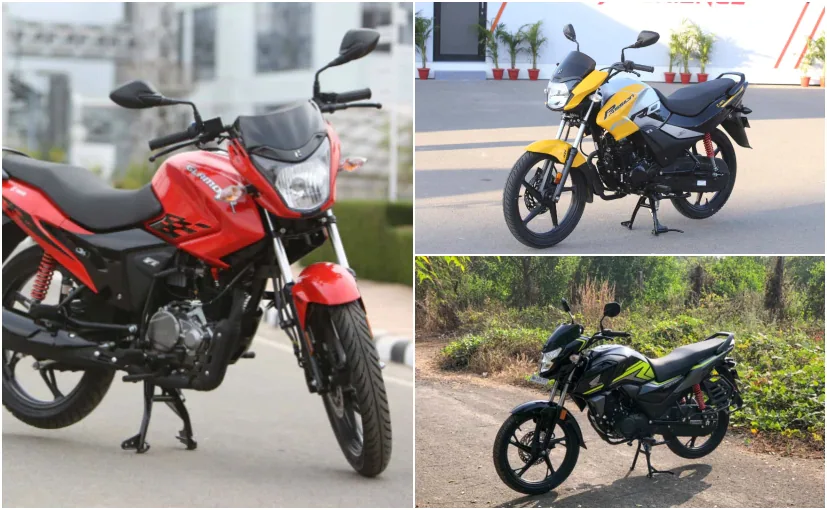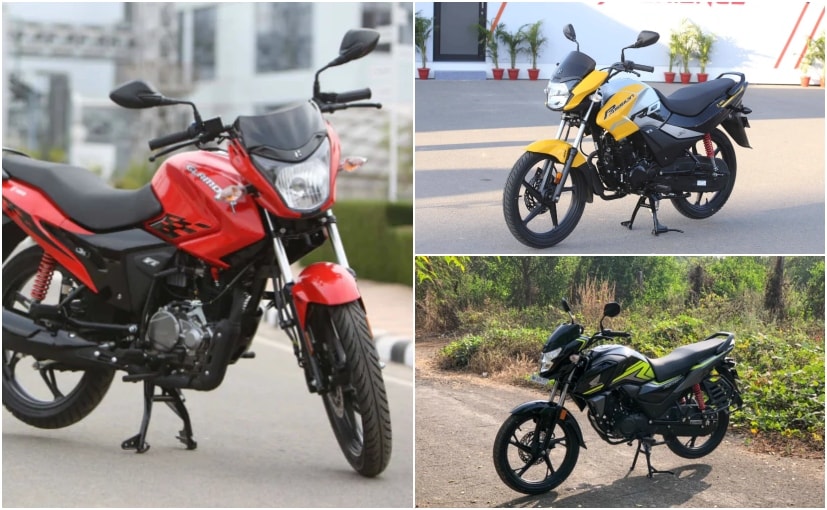COVID-19 Second Wave Slams Brakes On Two-Wheeler Industry

[ad_1]
The second wave of the COVID-19 pandemic seems to be having a harder impact on the two-wheeler markets, with even retail sales being hit hard.

Two-wheeler industry is likely to affected more during the second wave of the pandemic
The Indian two-wheeler industry has been hit hard by the ongoing second wave of the COVID-19 pandemic. And this time, the impact seems to be harder than the earlier one faced last year, with overall two-wheeler sales slipping by over 30 per cent month-on-month. While the two-wheeler industry was quick to bounce back after the 2020 lockdown and restrictions, following a period of strong domestic sales, as well as exports, observers say, the second wave will hit the industry hard, at least, for the first quarter of the current financial year (April to June 2021).
Also Read: TVS Records Highest-Ever Monthly Two-Wheeler Exports In March 2021

The Hero Splendor is India’s highest-selling motorcycle
“The second wave has been covering a larger part of the country while the first wave impacted mostly urban or semi-urban regions. The impact henceforth on two-wheeler sales from the demand side is expected to be deeper. Partial lockdown, factories shutting down on account of oxygen supplies being channeled for critical purposes will bring down the level of production. The impact would be seen significantly in the first quarter and will probably take a turn for the better in the second quarter assuming the wave starts showing a dip,” said Sridhar V, Partner, Grant Thornton Bharat LLP.

The Honda Activa is India’s highest-selling scooter
Retail sales of two-wheelers in April 2021 fell by 28 per cent, despite a mini festive season, which has traditionally seen a strong spike in two-wheeler sales. Gudi Padwa, which is a major festival, the beginning of the Hindu New Year, and celebrated as Ugadi in southern India, Bihu in Assam, as well as Navratri, account for a significant share of sales. However, sales in April fell sharply, and with lockdowns in effect in several parts of the country, May 2021 is likely to be even worse for retail sales.
“India is currently facing one of its toughest times with 2nd wave of covid creating a havoc in everyone’s life. This time, the spread is not only limited to urban markets but has also taken rural India in its grasp,” said Vinkesh Gulati, President of the Federation of Automobile Dealers Associations (FADA).
The automobile dealers association says sales in the first nine days of May 2021 have been extremely low due to sales lockdowns announced by a majority of states. Even where dealerships are open, walk-ins have dropped to 30 per cent and customers are delaying their purchase decision. But with most of the major OEMs announcing manufacturing plant shutdowns, production is also likely to be hit in the first quarter, along with challenges faced by the supply chain manufacturers.
Also Read: Indian Motorcycle Brands Increase Focus On Overseas Markets

In 2020, pent-up demand led to a strong recovery in the two-wheeler market, but this time around, recovery may be slower
Two-wheeler manufacturers have been reporting strong growth in export numbers for the past several months. Analysts say pent-up demand in export markets, as well as demand in certain overseas markets like Africa have added to the increased overseas sales numbers. But more than that, it’s the shift from standing inventory and capacity to export markets which has fuelled the growth in exports.
“Export sales of two-wheelers have been showing an increasing trend since FY18 till FY20 while in FY21 it has reported sales at the levels of FY19. Looking at the volumes they have been able to achieve in FY21, an average of 3,50,000 and above monthly in the truncated year, OEMs now have the opportunity to focus on exports to help optimise the capacity, which otherwise was majorly catering to domestic demand. Depending on how those economies have been impacted could determine the magnitude of the opportunity,” said Sridhar.
Also Read: Vehicle Registrations In India At 8-Year Low: FADA
0 Comments
While observers see a recovery in the industry from the third quarter onwards, what will play a big role is the sentiment. Unlike the first wave, where pent-up domestic demand played a significant role in recovery, the second wave could see a lack in market liquidity, particular amongst consumers of the high-volumes commuter segment. Slow economic activity, minimal cash flow and an overall negative sentiment is likely to impact the two-wheeler industry, and recovery is expected to be slow, maybe even extending to the festive season in the third quarter of the current financial year.
For the latest auto news and reviews, follow carandbike.com on Twitter, Facebook, and subscribe to our YouTube channel.
[ad_2]
Source link



